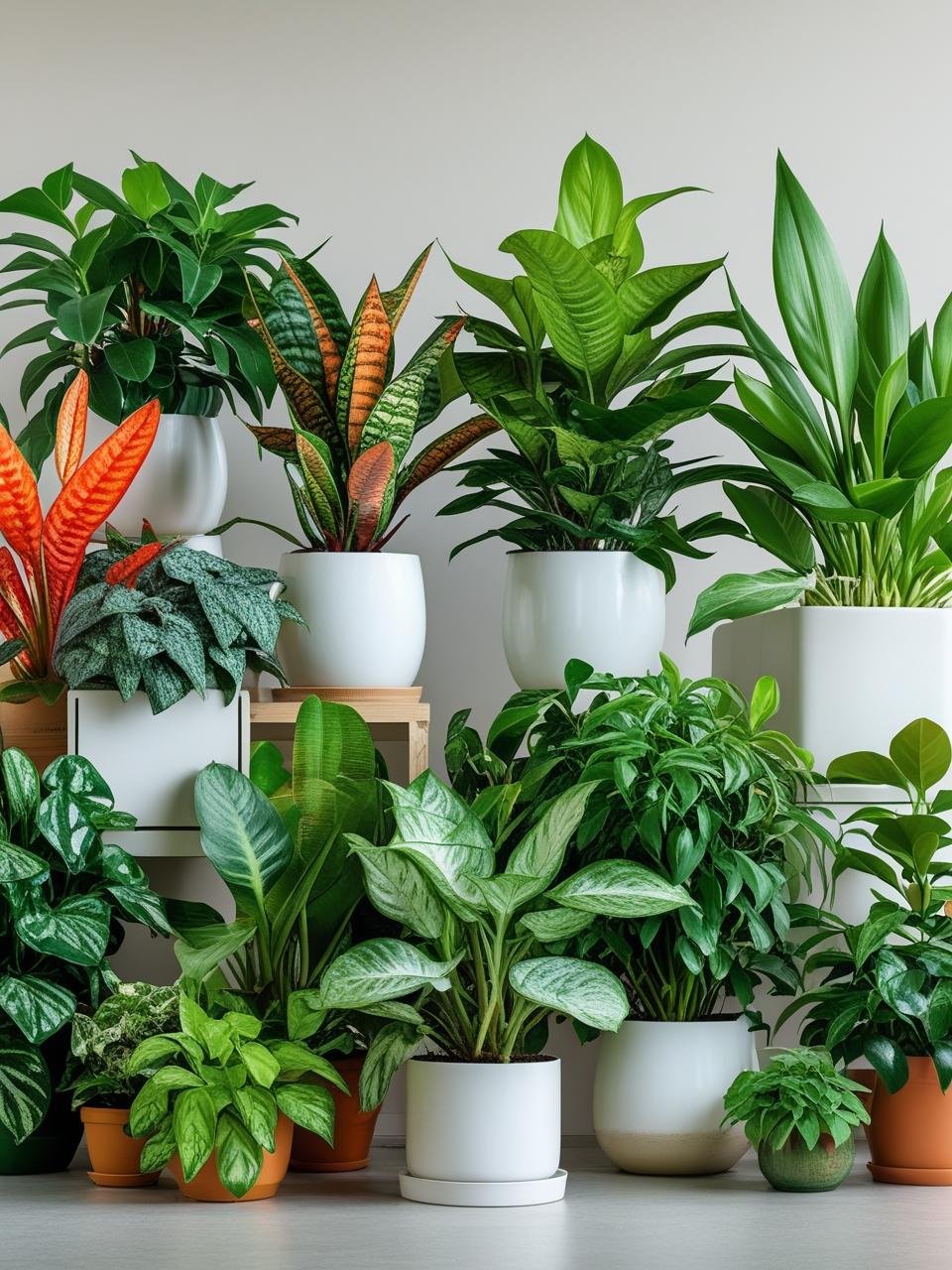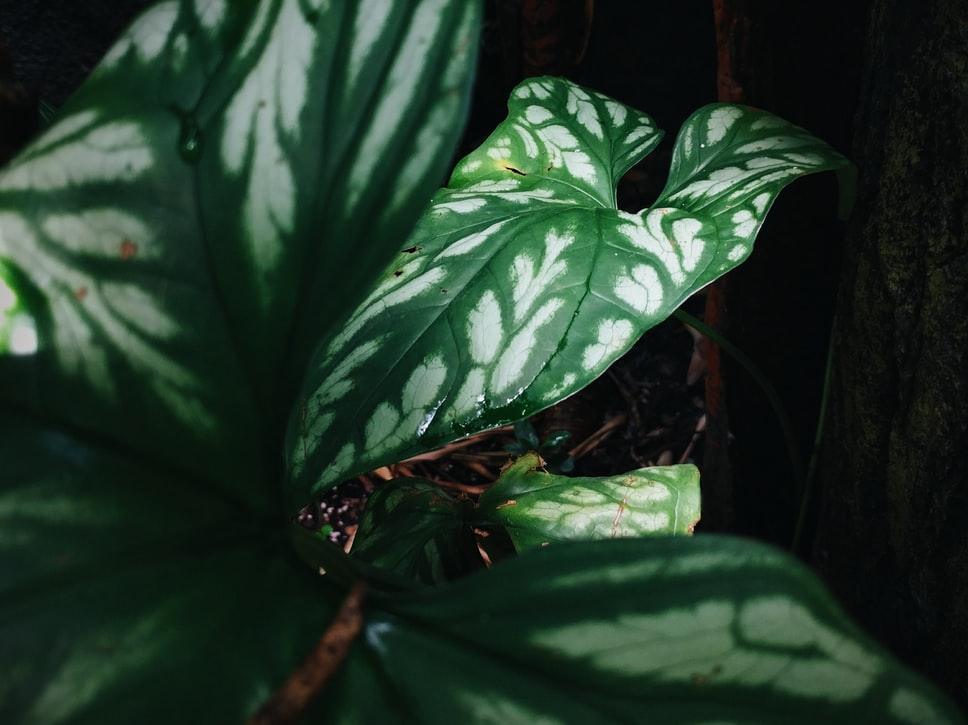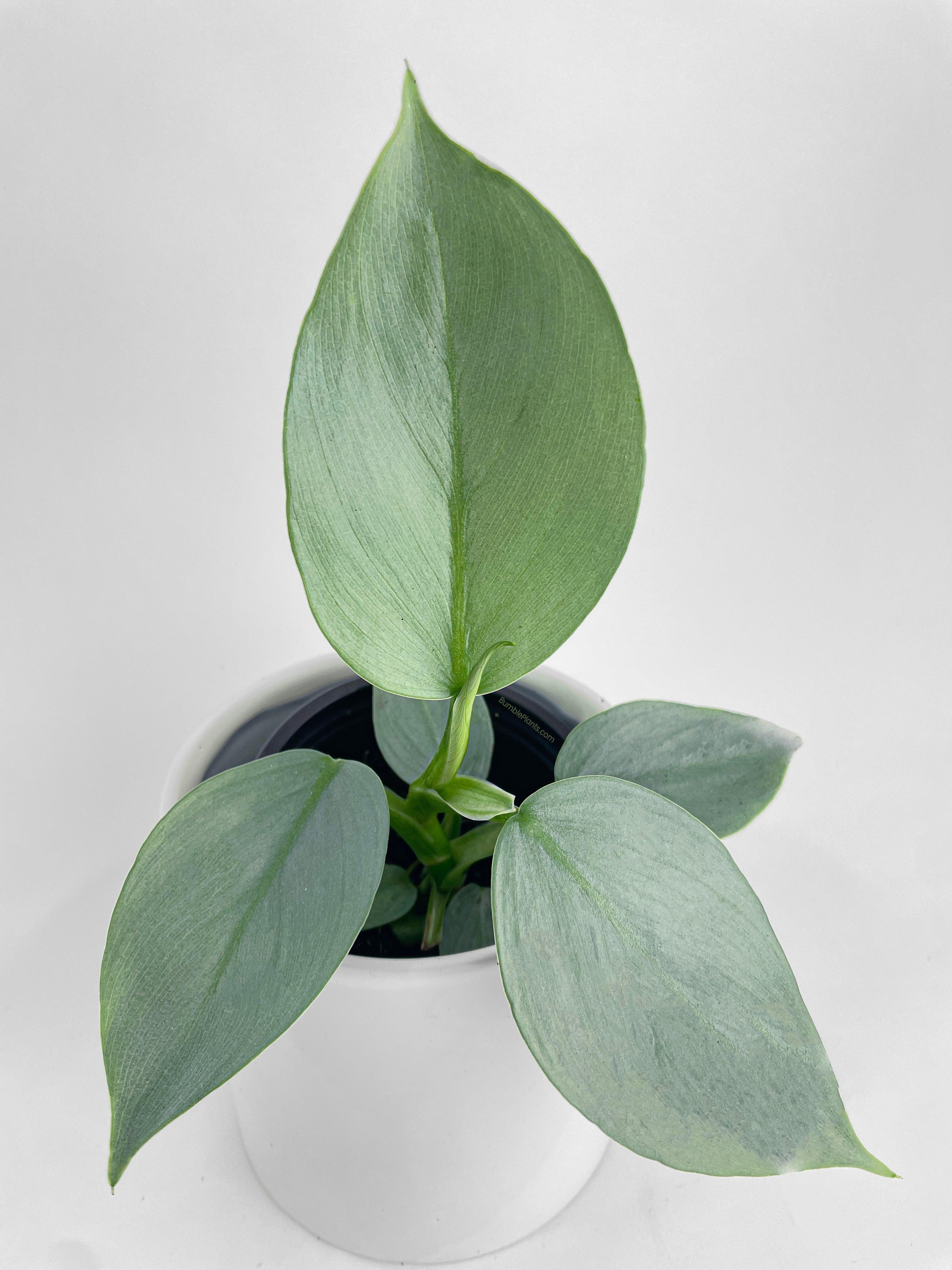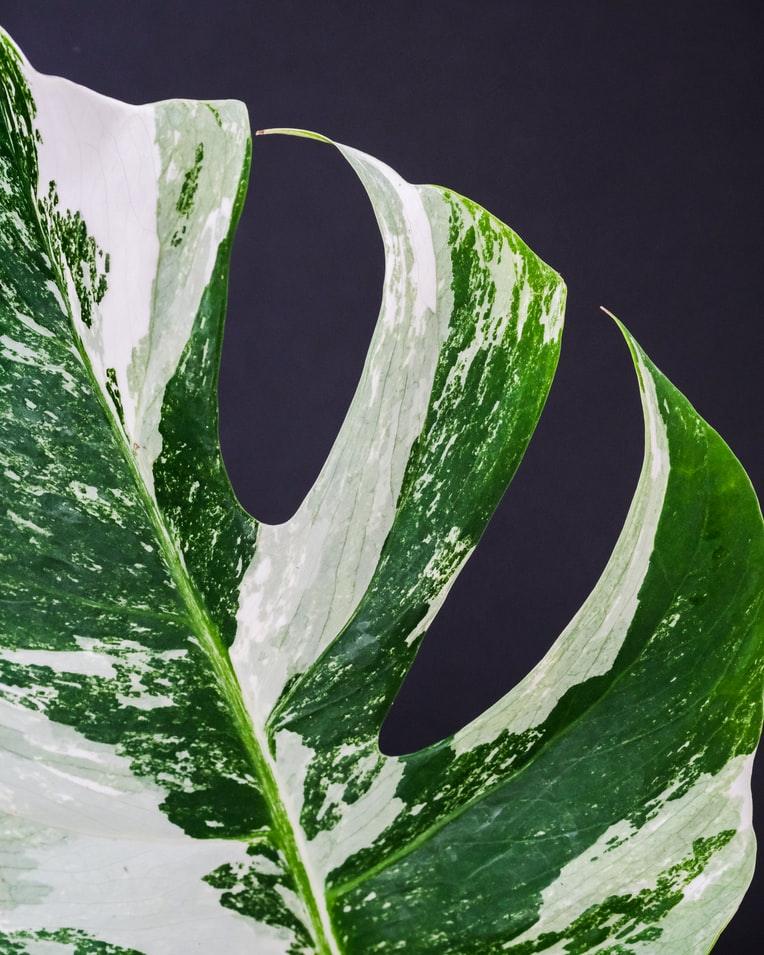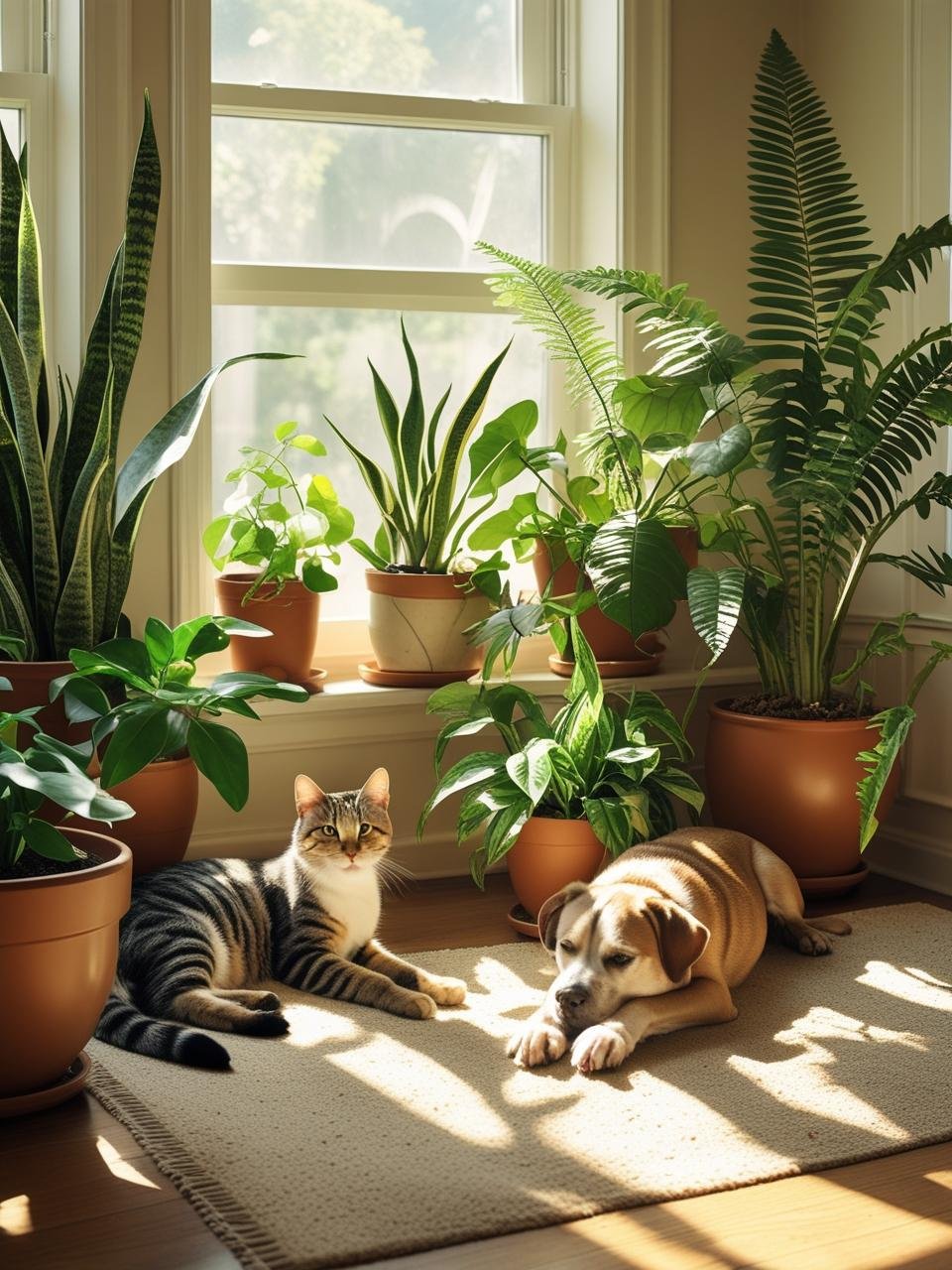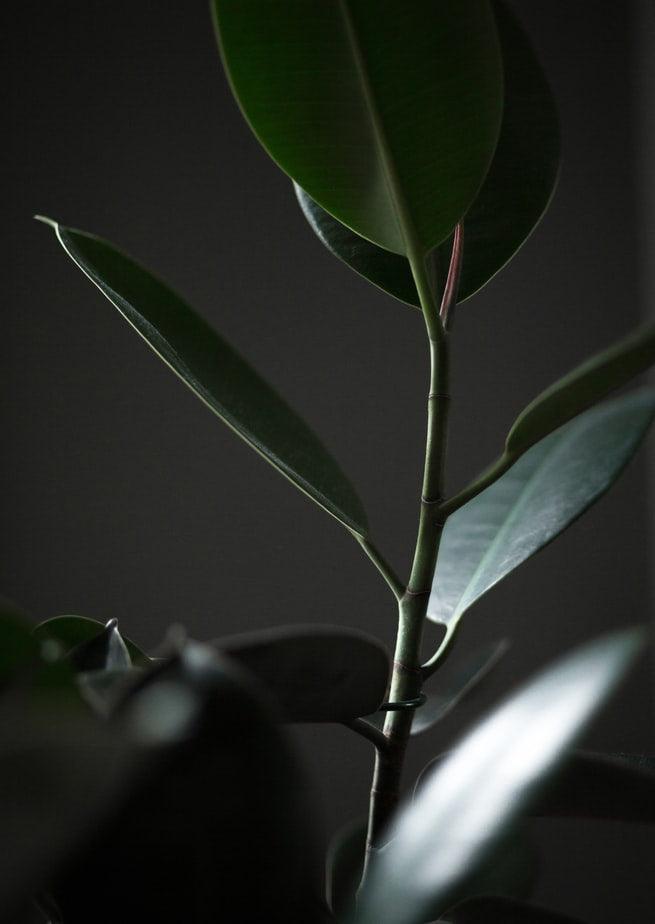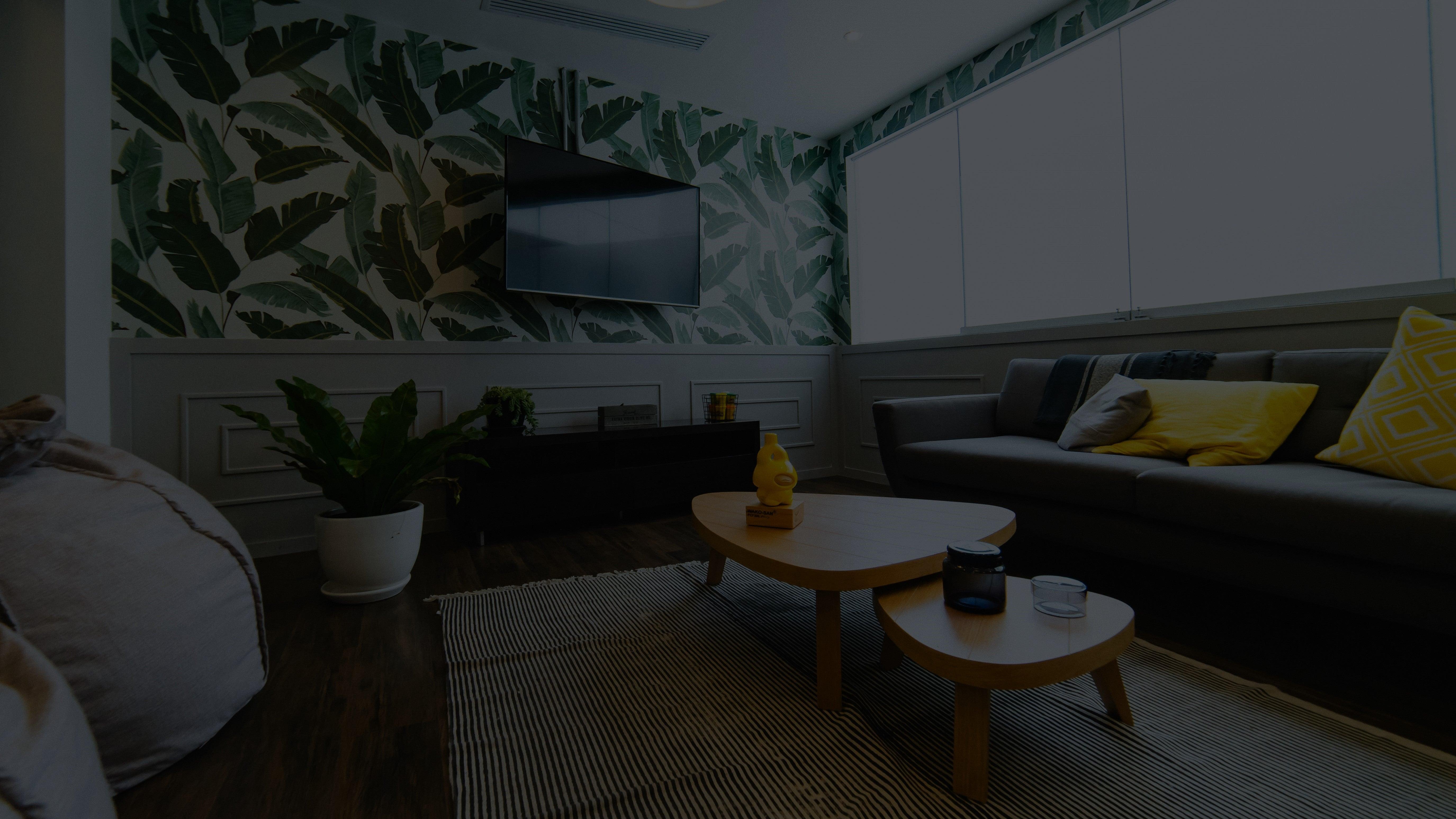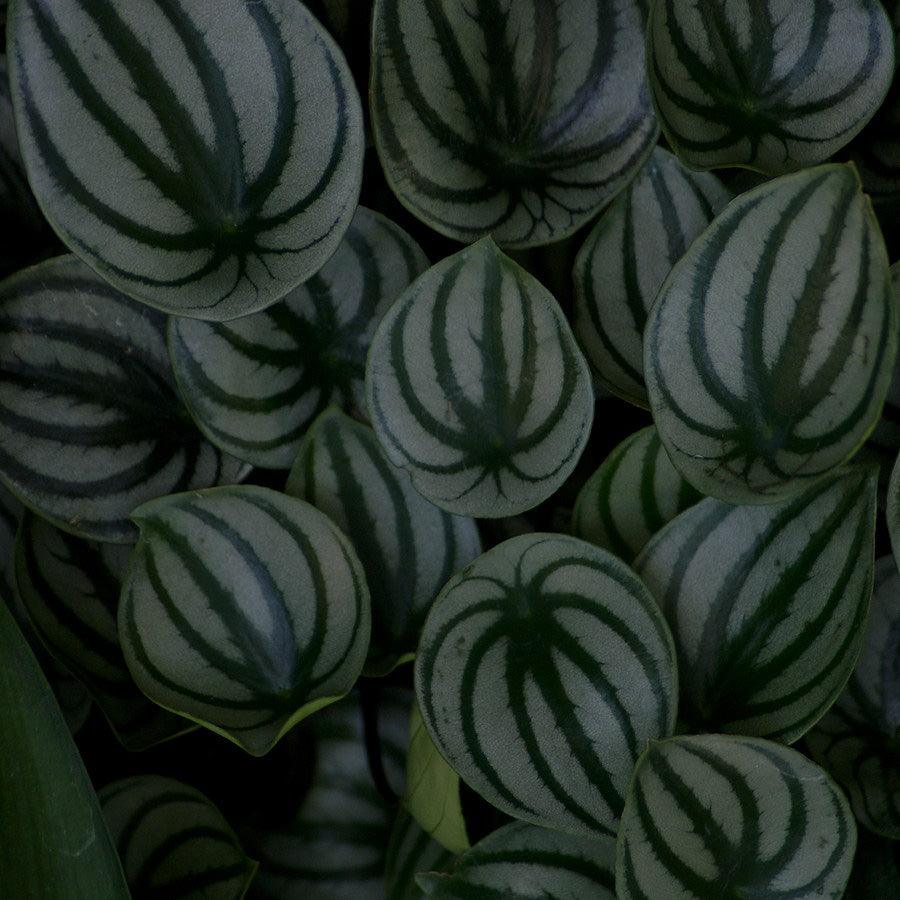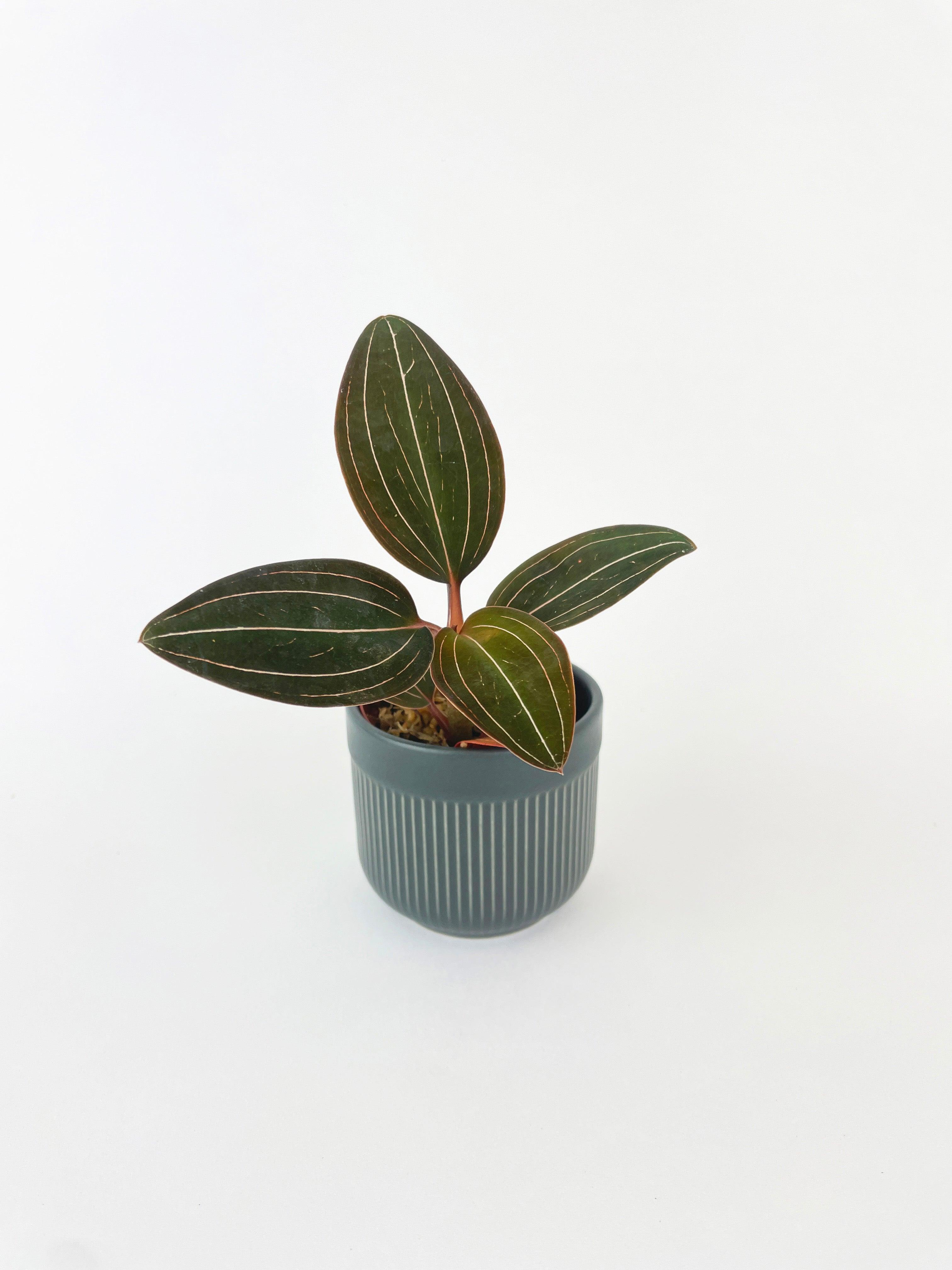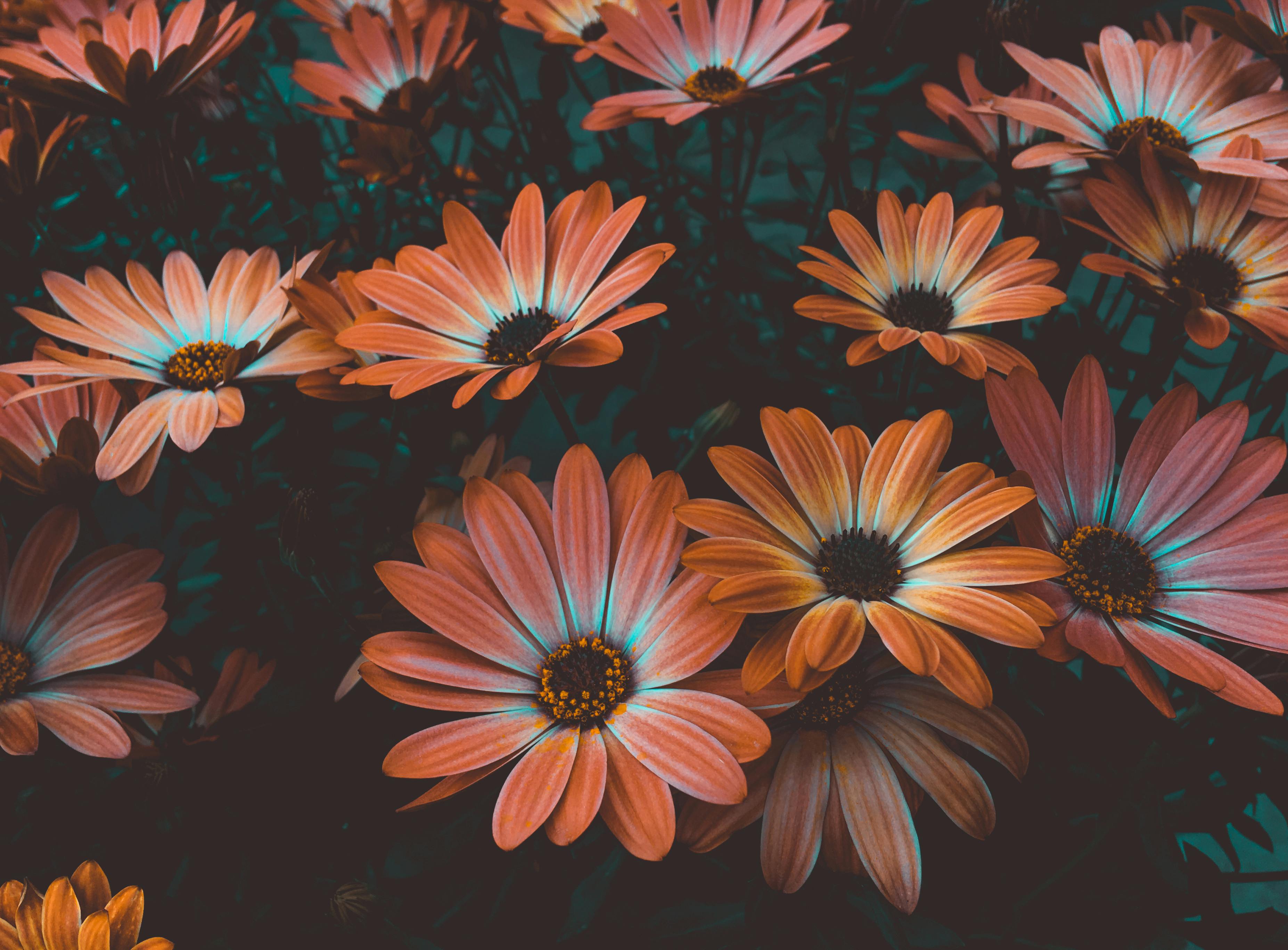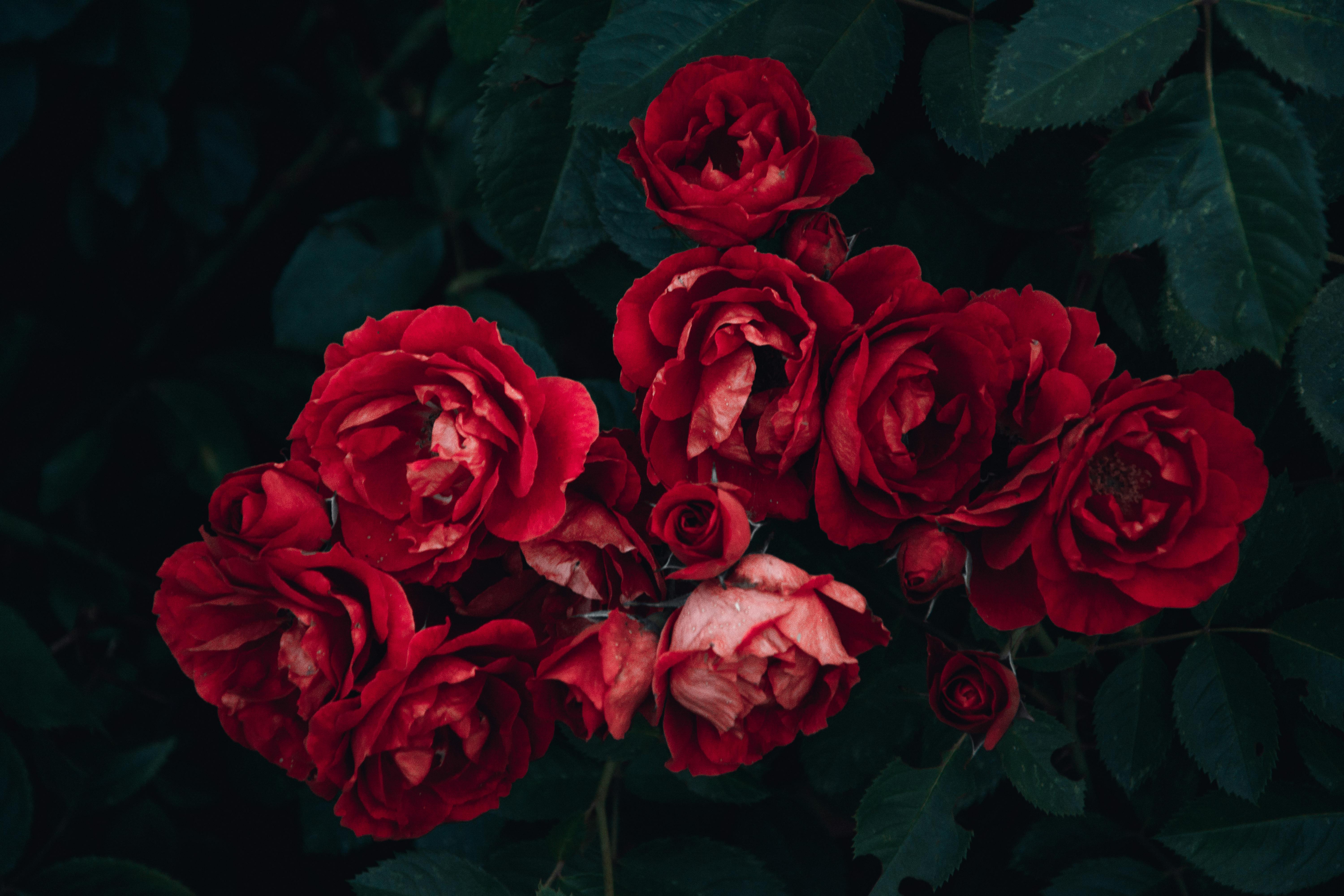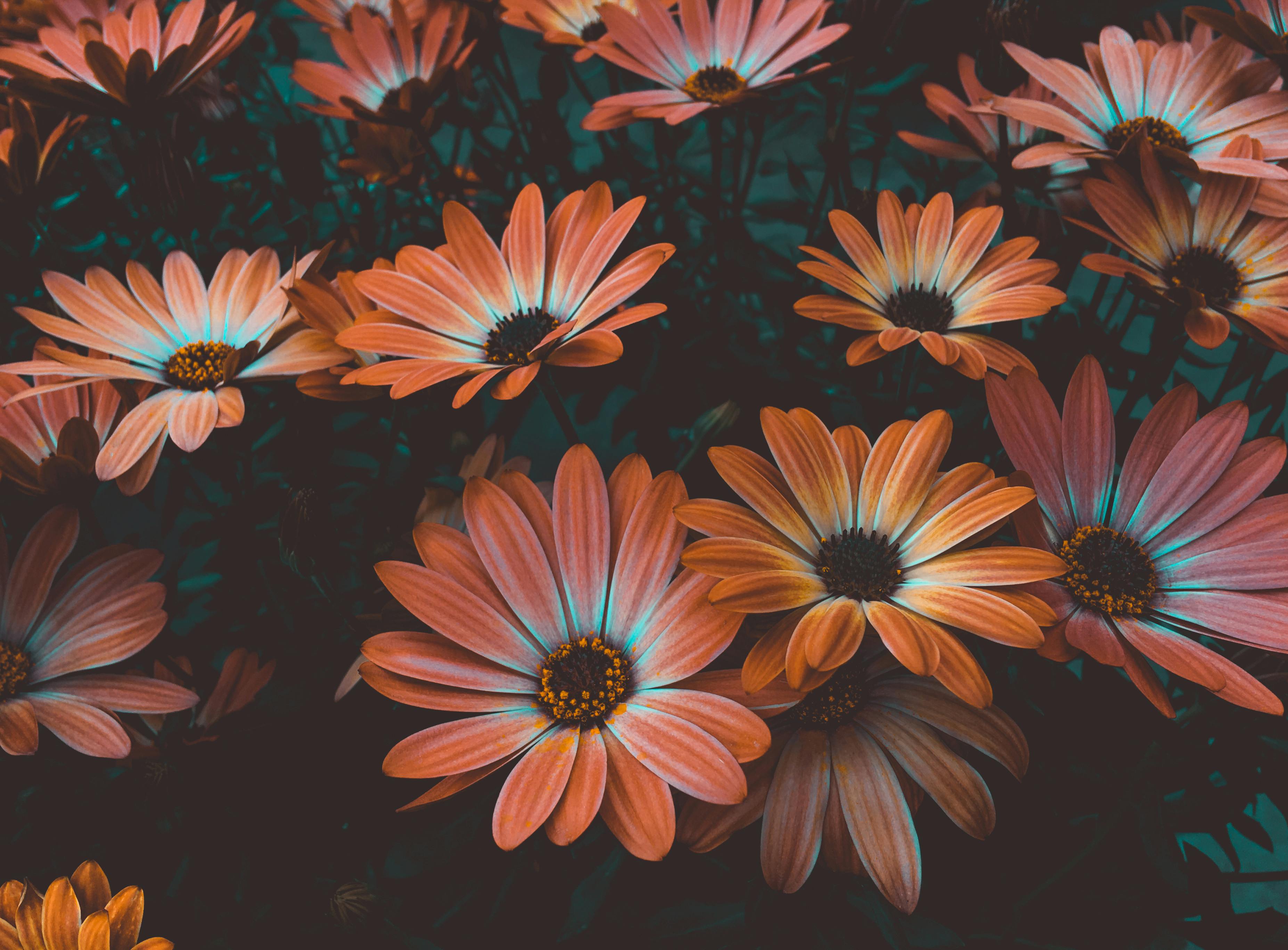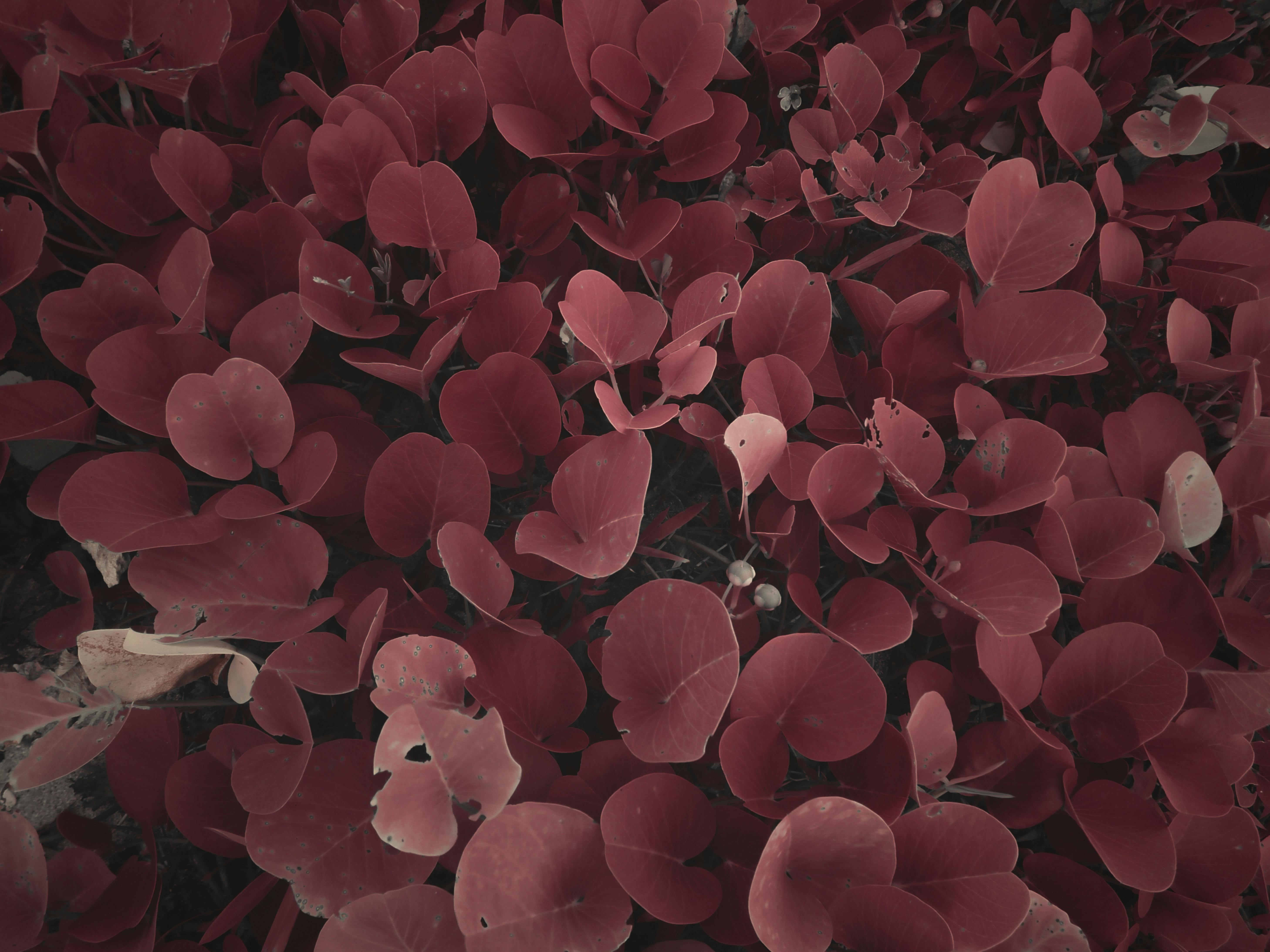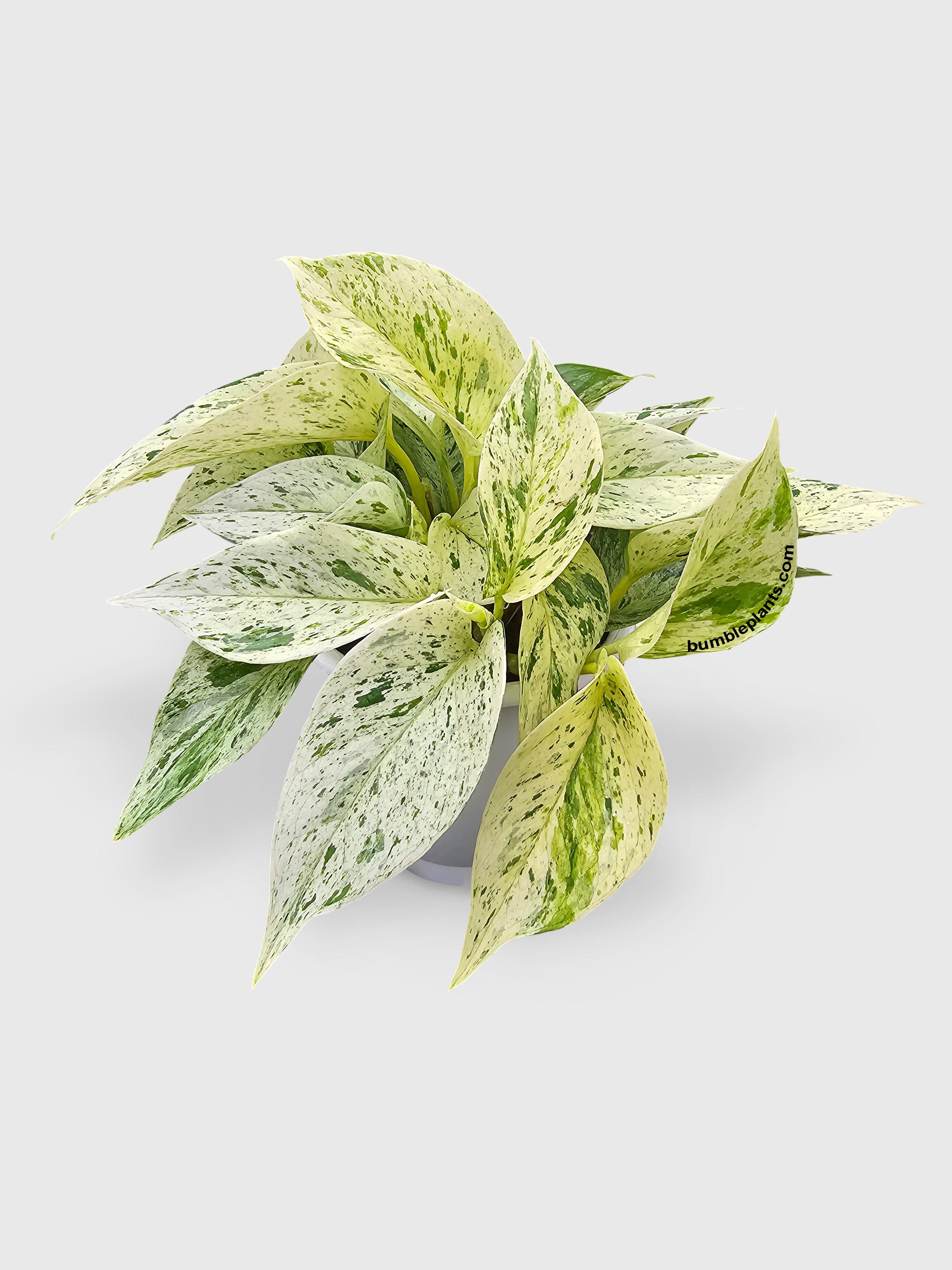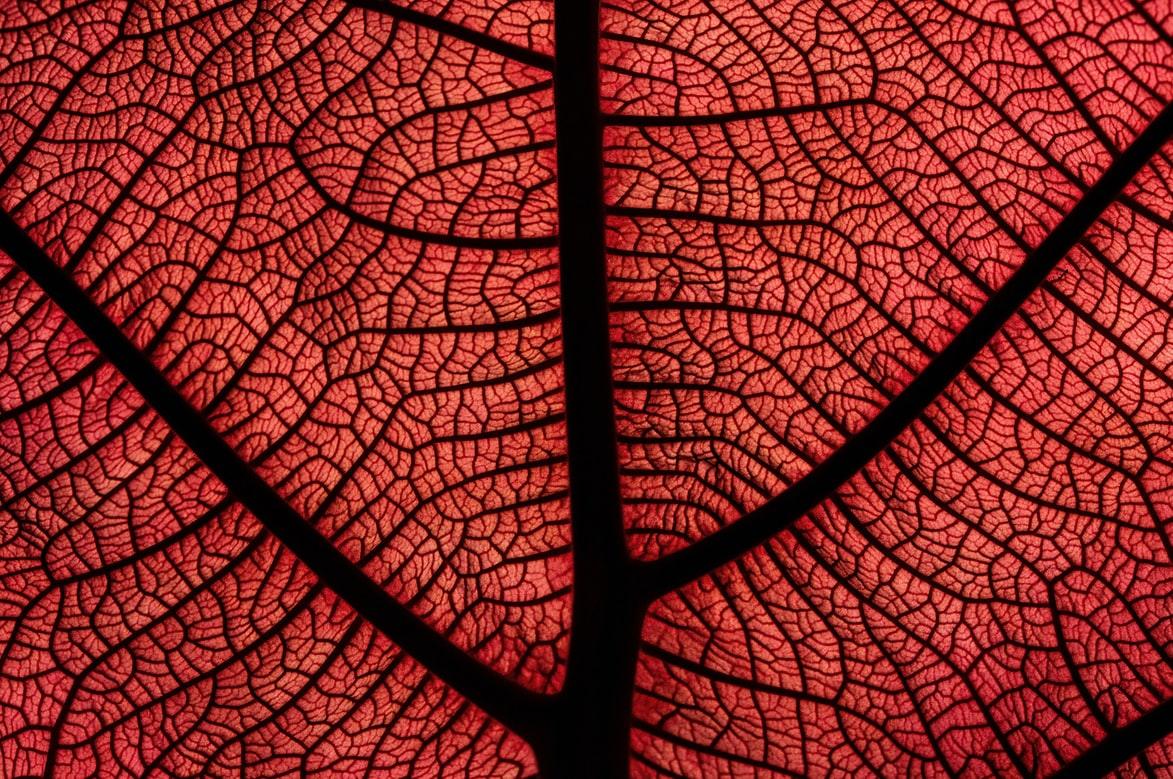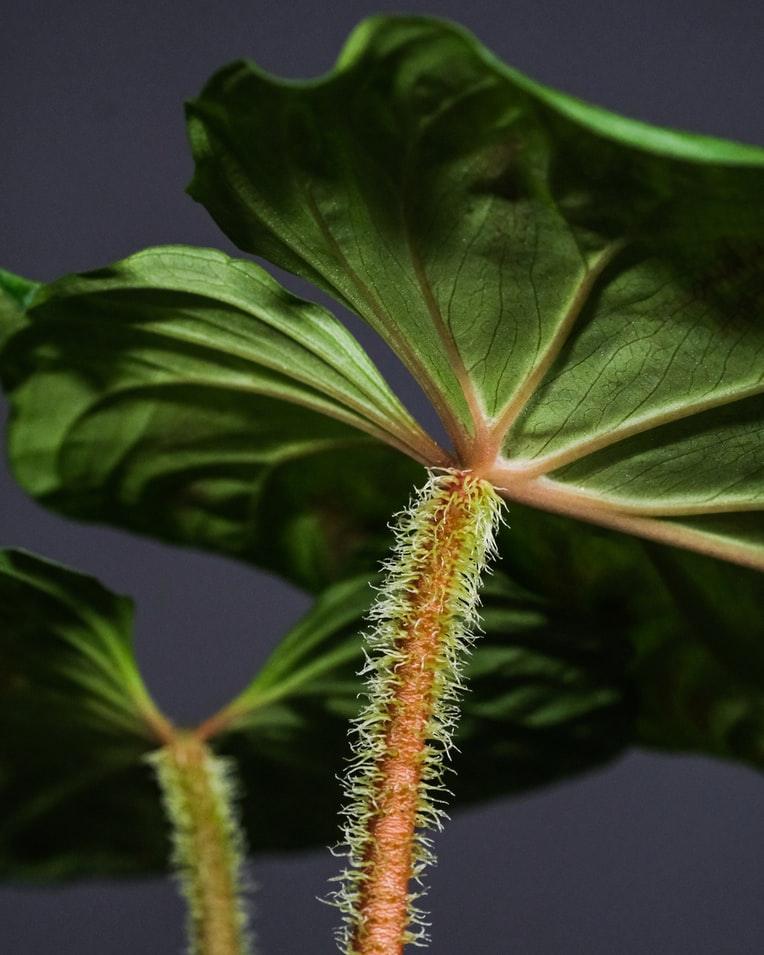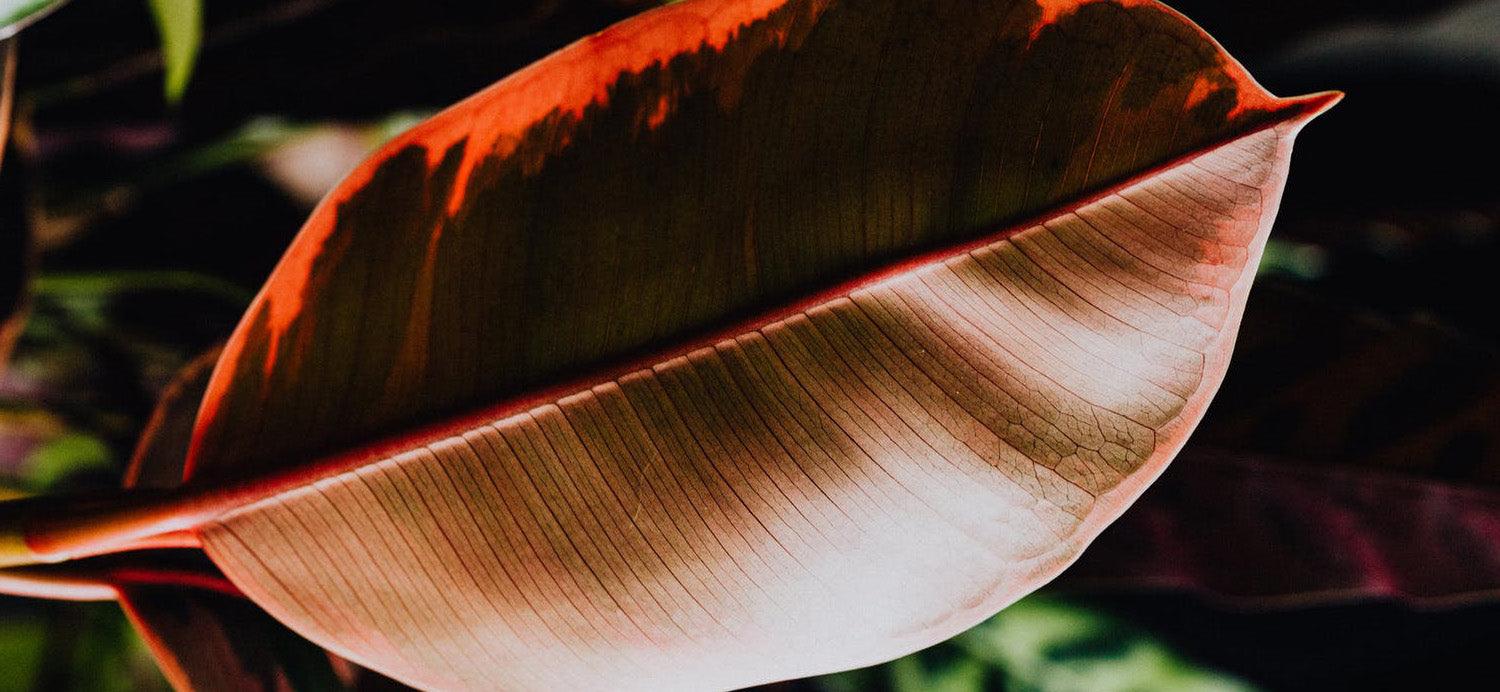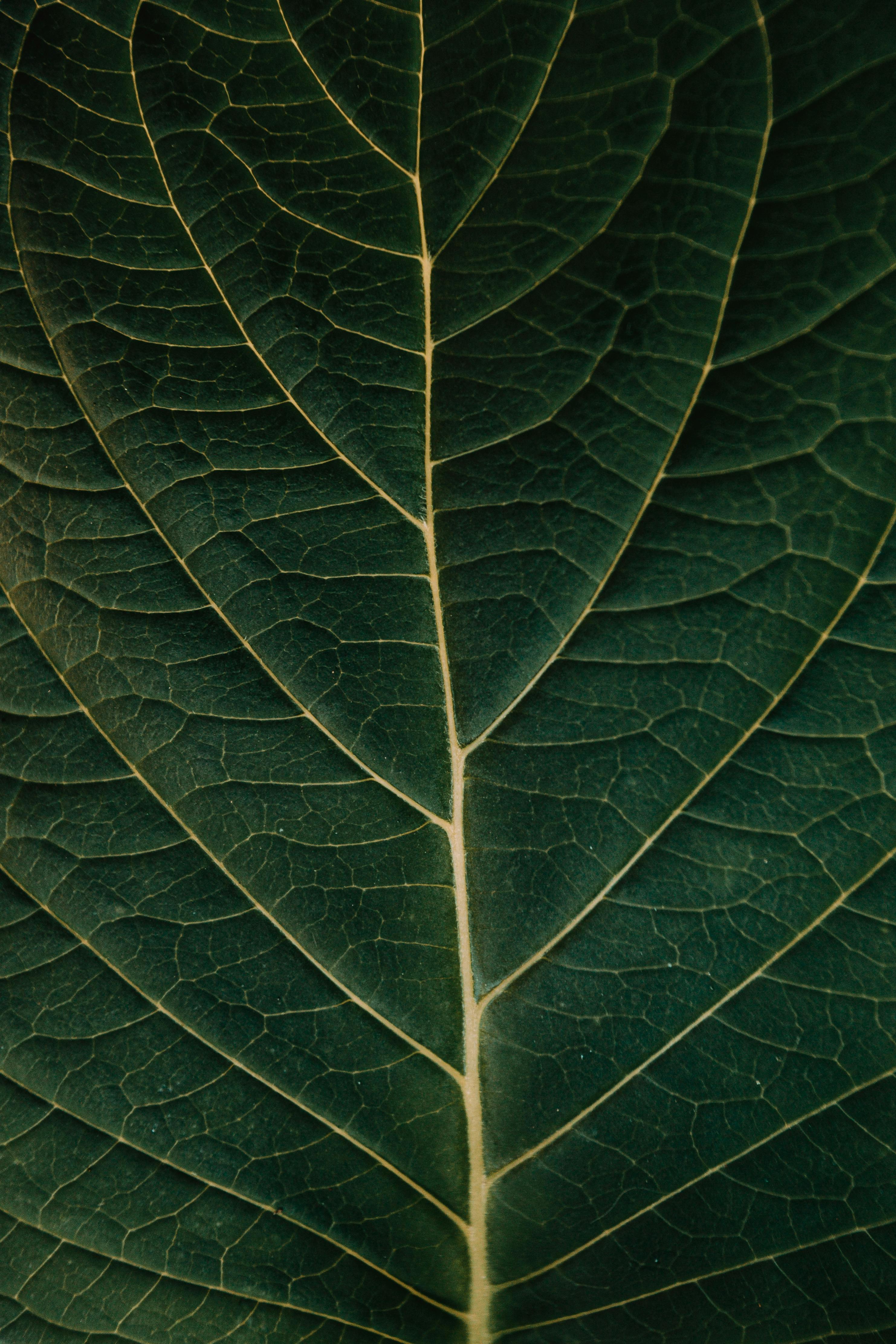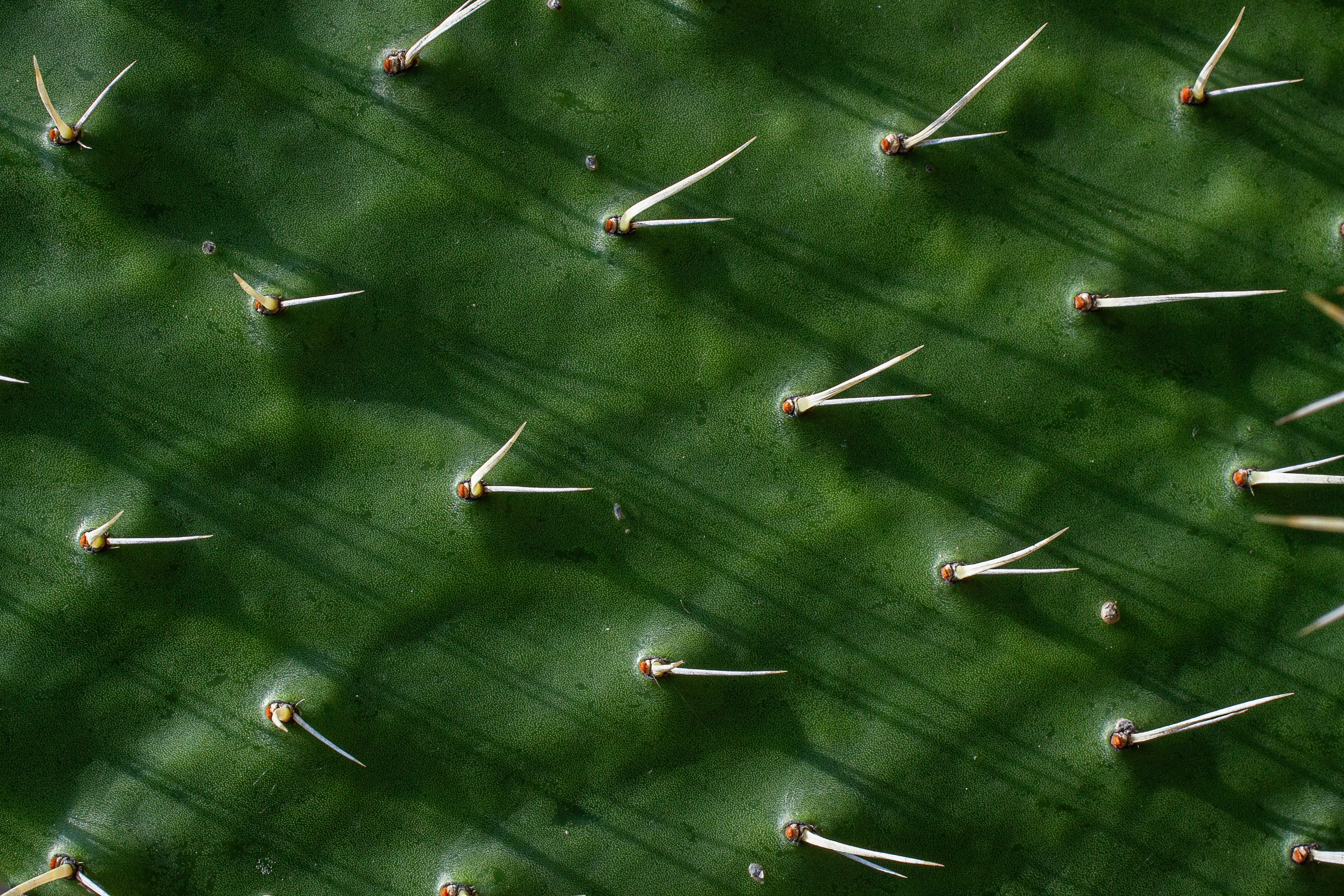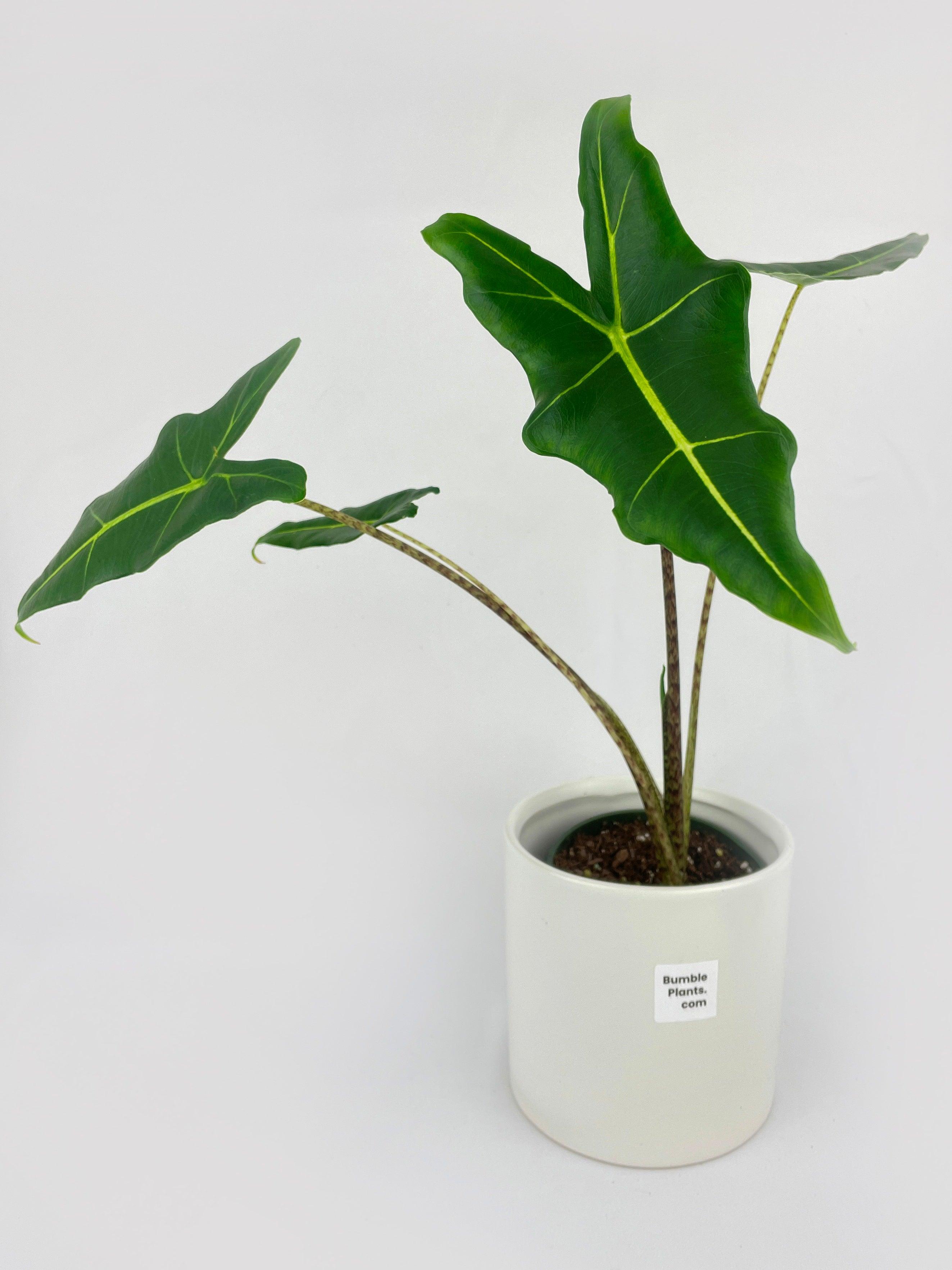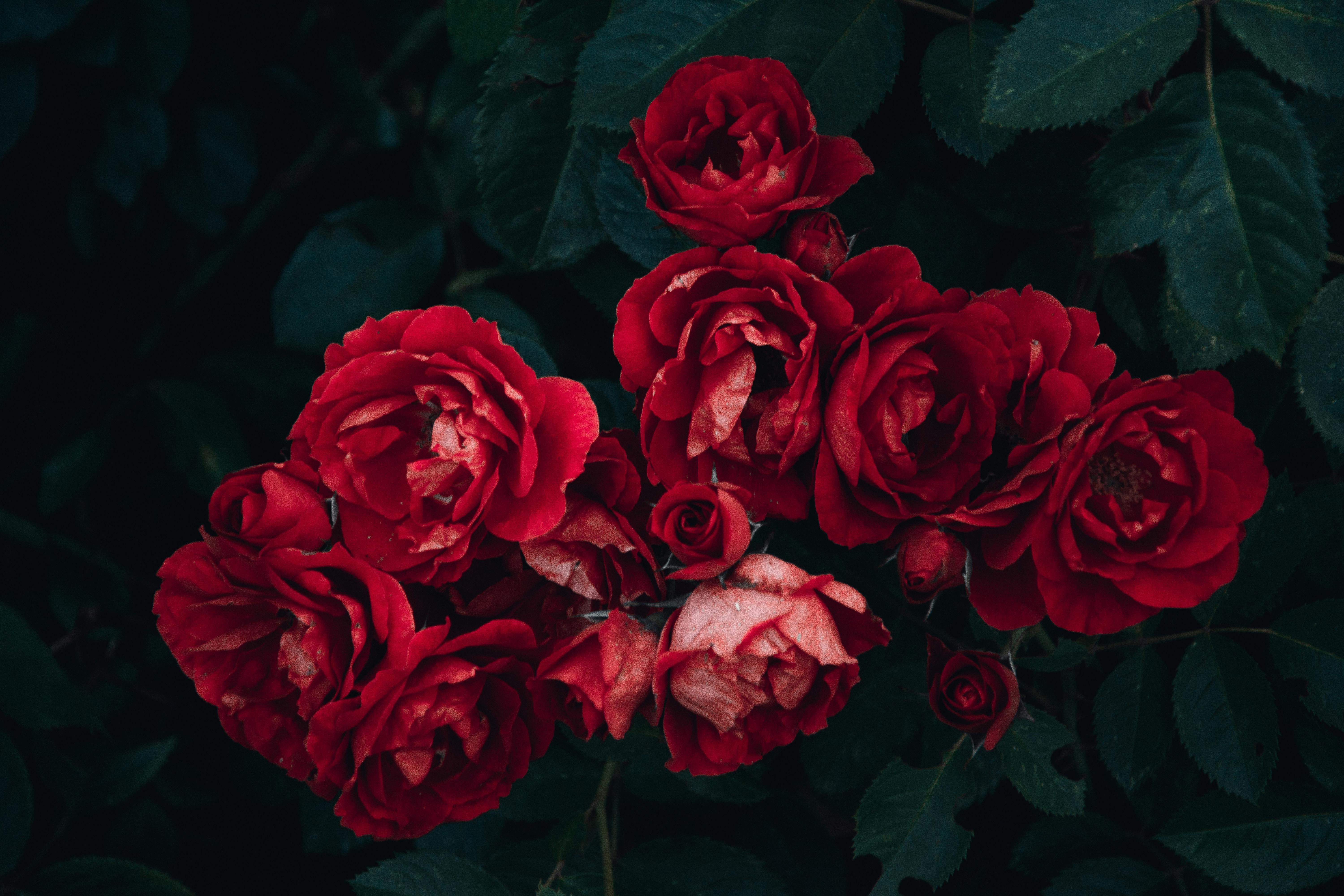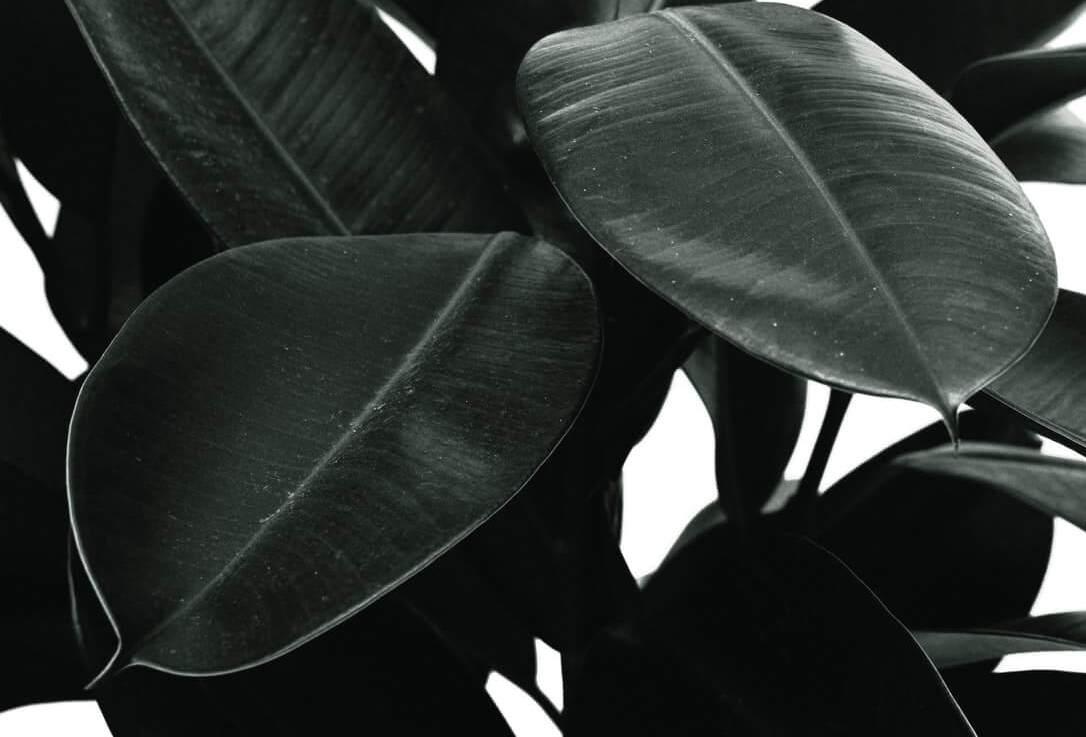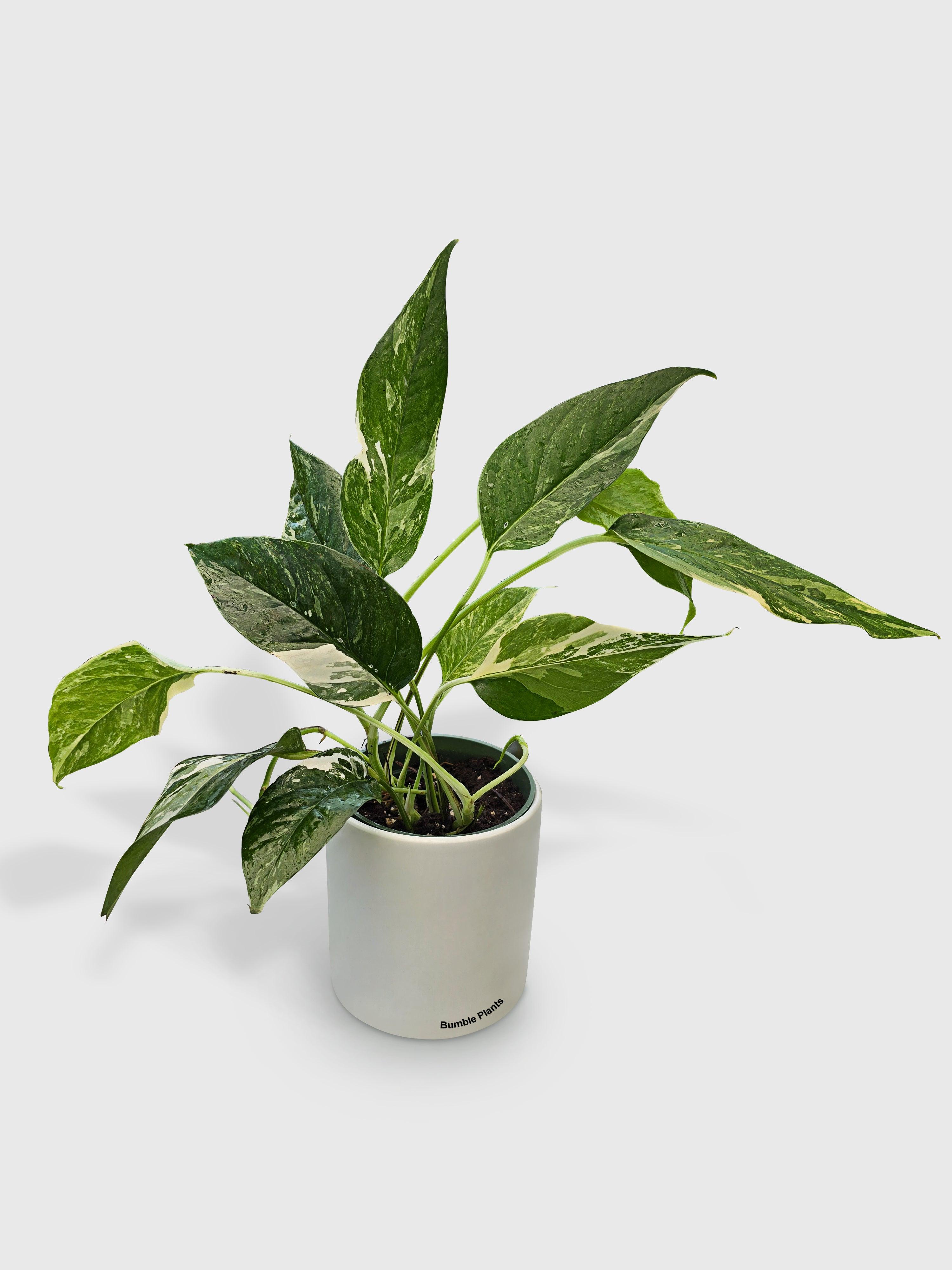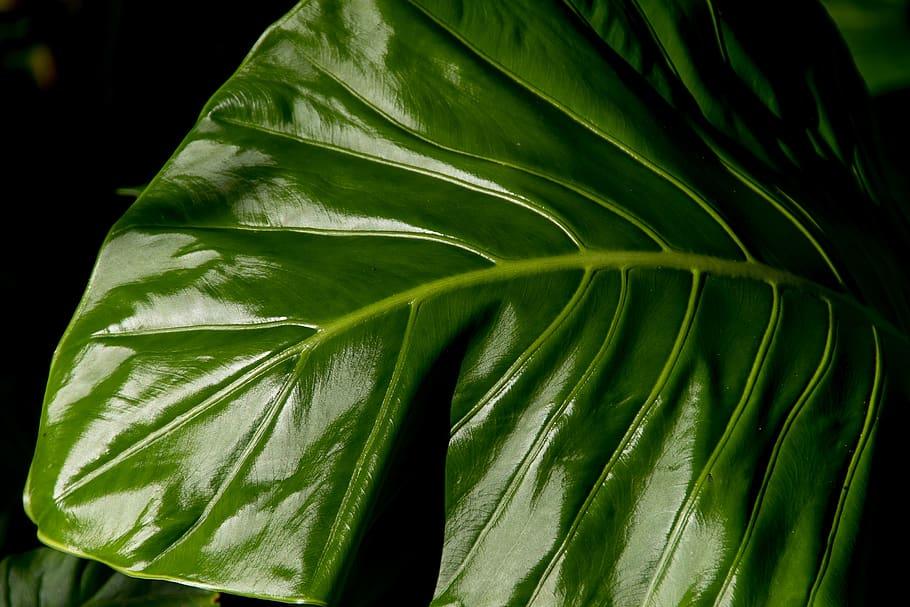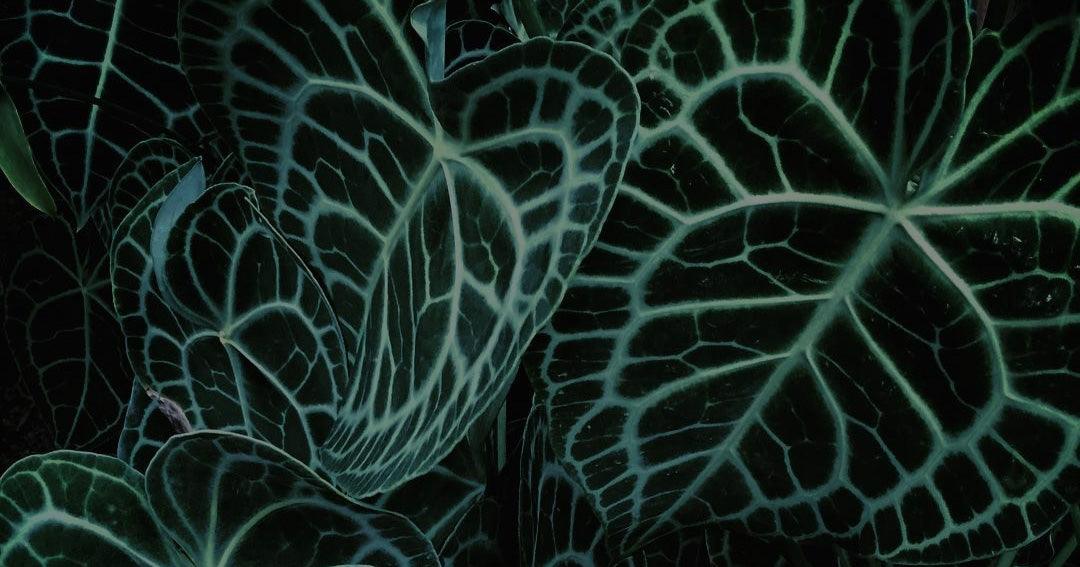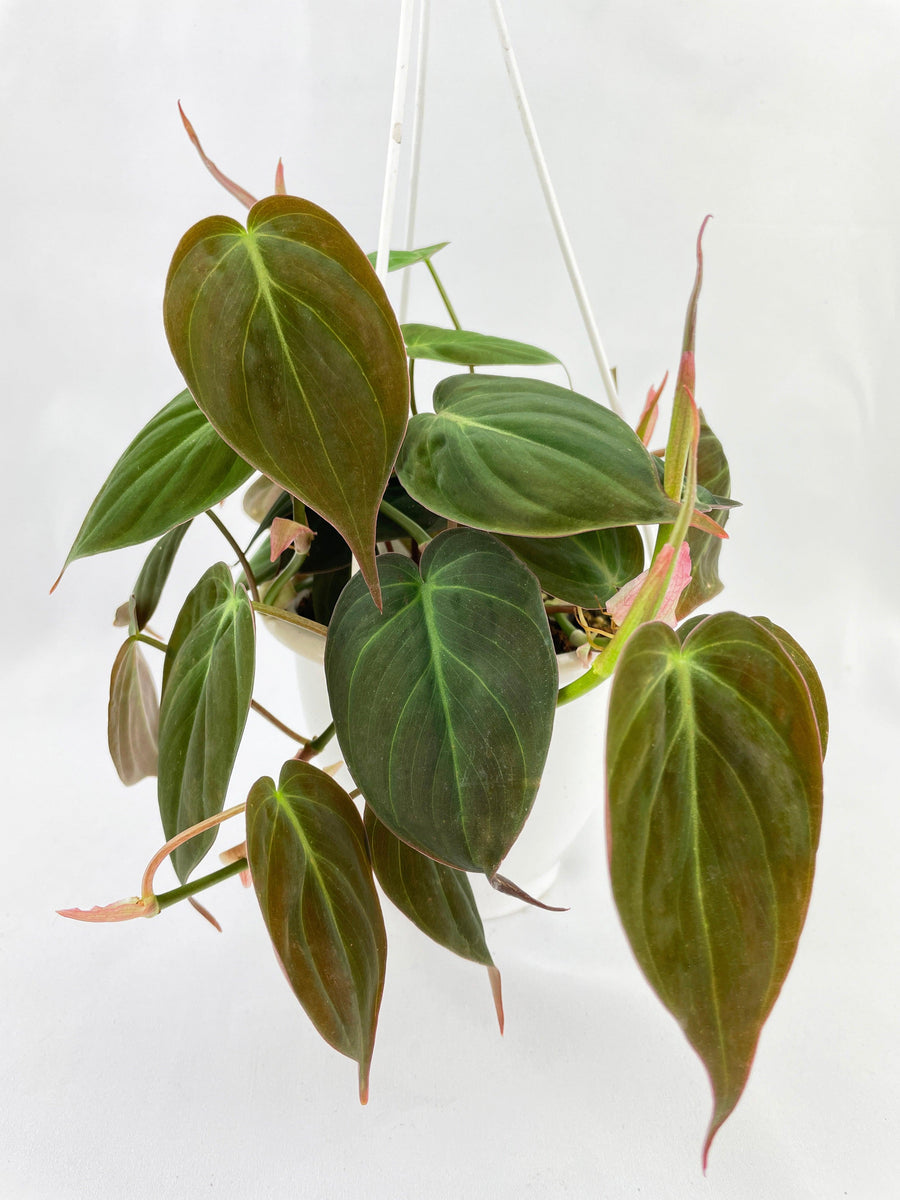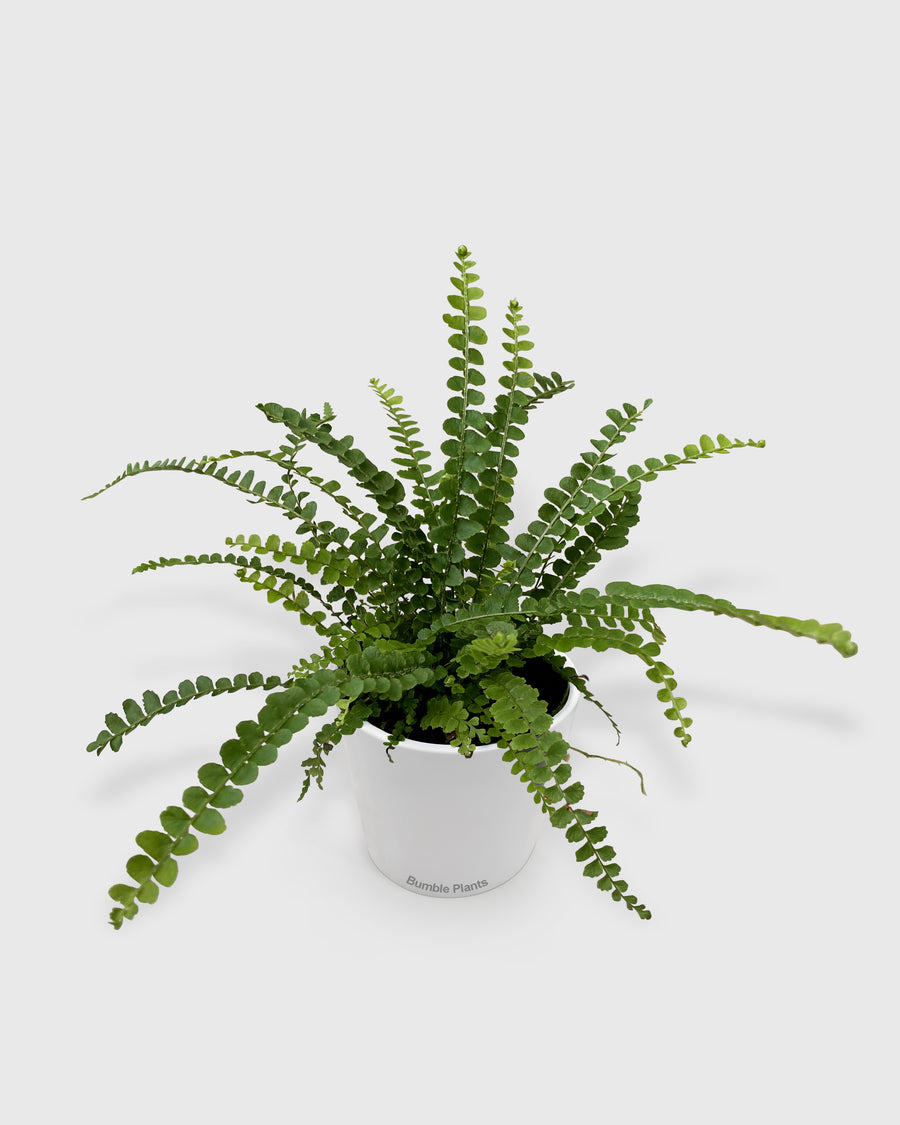Textured Plants Everything You Need to Know
When we think of plants, we often focus on their colors, shapes, and sizes. However, another crucial aspect adds depth and character to the greenery around us: texture. Textured Plants bring a whole new dimension to gardening and landscaping, captivating our senses with their tactile qualities and visual appeal. But what exactly does the term "texture" refer to in the context of plants? How do different types of leaf textures contribute to the overall aesthetics of a garden? And what role does texture play in enhancing the beauty of landscape design? This comprehensive guide will delve into these questions and explore Textured Plants' fascinating intricacies.
Understanding Plant Texture
When we talk about the texture of a plant, we're referring to the surface characteristics of its leaves, stems, and other plant parts that can be perceived through touch or visually. Texture adds depth and interest to the overall appearance of a plant, influencing how it interacts with its surroundings. It encompasses various attributes such as smoothness, roughness, glossiness, fuzziness, and spikiness. Understanding the texture of a plant is crucial for gardeners and landscapers as it helps create visually appealing compositions and select complementary plant varieties.
Smooth Leaves: Plants with smooth leaves have a sleek, glossy appearance and reflect light evenly. Examples include rubber plants (Ficus elastica) and peace lilies (Spathiphyllum spp.).
Rough or Textured Leaves: These leaves have a coarse or irregular surface, often providing a tactile sensation when touched. Plants like lamb's ear (Stachys byzantine) and mullein (Verbascum spp.) exhibit rough leaf textures.
Fuzzy or Hairy Leaves: Plants with fuzzy or hairy leaves have tiny hair-like structures covering their surfaces, giving them a soft and velvety texture. Examples include lamb's ear (Stachys byzantine) and African violet (Saintpaulia spp.).
Prickly or Spiky Leaves: Certain plants feature leaves with sharp spikes or prickles, which serve as a defense mechanism against herbivores. Examples include cacti (Cactaceae family) and holly bushes (Ilex spp.).
The Role of Texture in Landscape Design
Texture is one of the fundamental elements of landscape design, alongside color, form, line, and scale. It adds richness and complexity to outdoor spaces, creating visual interest and enhancing ambiance. Incorporating a variety of plant textures in garden beds, borders, and containers can transform a mundane landscape into a dynamic and inviting environment. Texture also plays a crucial role in establishing focal points, defining pathways, and creating contrast within the landscape. By strategically utilizing plant textures, landscapers can evoke different moods and emotions and create captivating outdoor experiences for homeowners and visitors alike.
Incorporating Textured Plants
Incorporating Textured Plants into your garden design requires a thoughtful approach guided by design principles that maximize their visual impact. One fundamental principle is to leverage contrast and complementarity among different textures. You can create visual interest and drama in your garden beds by juxtaposing plants with smooth, glossy leaves alongside those with rough, textured foliage. Additionally, consider how different textures complement each other to achieve harmony in your overall garden design. Another critical aspect to consider is the strategic placement of Textured Plants to serve as focal points or accents within your garden. Plants with unique textures are placed near entryways, along pathways, or in prominent garden beds, which draws attention and adds depth to the landscape. Moreover, experimenting with texture pairings can yield captivating results. Pairing fine-textured plants such as ornamental grasses or ferns with coarser-textured specimens like hostas or hydrangeas creates a dynamic contrast that captivates the eye and adds dimension to your garden beds. When selecting Textured Plants for your garden, choosing varieties that thrive in your specific garden settings is essential. In shady areas, for instance, opt for plants with bold foliage textures that stand out in low-light conditions. Ferns, hostas, and heucheras are excellent choices for adding texture and color to shaded garden beds.
Conversely, choose Textured Plants for sunny borders and flower beds that can withstand total sun exposure. Succulents, ornamental grasses, and drought-tolerant perennials like sedums and yarrows offer diverse textures and thrive in sunny conditions. When creating container gardens, select compact Textured Plants that provide visual interest without overpowering the limited space. Trailing vines, spiky succulents, and variegated foliage plants are ideal for adding texture and dimension to container displays. Opt for Textured Plants that thrive in harsh growing conditions and rocky terrain in rock gardens or alpine plantings. Creeping sedums, alpine saxifrages, and cushion-forming plants like thyme and sempervivums add texture and charm to rock garden landscapes, enhancing their visual appeal. By strategically incorporating Textured Plants and selecting varieties well-suited to your garden's specific conditions, you can create a visually stunning and harmonious outdoor environment that delights the senses year-round.
Care and Maintenance of Textured Plants
Proper care and maintenance are essential for ensuring the health and vitality of Textured Plants in your garden. Attention to their specific soil, water, and sunlight requirements can help them thrive and maintain their unique textures. When it comes to soil, many Textured Plants prefer well-draining soil that prevents waterlogging and root rot. Amending the soil with organic matter, such as compost or peat moss, can improve its texture and fertility, providing an optimal growing environment for your plants. Additionally, watering practices should be tailored to the needs of individual species. While some Textured Plants prefer consistently moist soil, others may thrive in drier conditions. Monitoring soil moisture levels regularly and adjusting your watering schedule accordingly is essential. Moreover, providing adequate sunlight is crucial for promoting healthy growth and vibrant foliage in Textured Plants. While some varieties thrive in full sun, others may prefer partial or dappled shade. Understanding your plants' light requirements and placing them in the appropriate location can help prevent sunburn or leaf damage. Maintenance, pruning, and grooming are essential to keep textured plants looking their best. Regular pruning helps remove dead or damaged foliage, promotes air circulation, and encourages new growth. When pruning Textured Plants, be mindful of their unique growth habits and pruning requirements to avoid inadvertently damaging the plant. Additionally, pest and disease management are vital aspects of Textured Plant care. Inspecting your plants regularly for signs of pests or diseases, such as aphids, mealybugs, or powdery mildew, allows for early intervention and prevents widespread infestations or infections. Depending on the severity of the issue, various organic or chemical treatments may be employed to control pests and diseases effectively. Lastly, seasonal considerations should inform your care routine for Textured Plants. Adjusting your maintenance tasks, such as fertilizing, mulching, or winter protection, based on the changing seasons ensures that your plants remain healthy and resilient throughout the year. By following these care and maintenance guidelines, you can ensure that your Textured Plants retain their unique textures and thrive and flourish in your garden for years to come.
Creative Uses of Textured Plants
Textured Plants offer endless creative expression opportunities in indoor and outdoor settings. Their unique textures and visual appeal make them versatile elements in various design projects, from interior decor to landscaping. One creative use of Textured Plants is in indoor decor, where they can serve as focal points or accent pieces that add a touch of nature to any space. Incorporating plants with interesting textures, such as succulents, ferns, or bromeliads, into interior design schemes can breathe life into dull rooms and create a calming, natural ambiance. Moreover, Textured Plants can be integrated into landscaping projects to enhance outdoor spaces and create immersive garden experiences. Whether used as groundcovers, border plants, or focal specimens, their tactile qualities and visual interest can transform ordinary landscapes into captivating outdoor retreats. In addition to their aesthetic appeal, Textured Plants offer practical benefits in various applications. For example, edible textured plants, such as herbs and leafy greens, provide culinary enjoyment and contribute to sustainable living and urban gardening initiatives. Growing your textured plants can harvest fresh produce year-round and reduce your environmental footprint. Furthermore, Textured Plants can be incorporated into floral arrangements to add depth and dimension to bouquets and centerpieces. Mixing flowers with different leaf textures, such as velvety lamb's ear or spiky eryngium, creates visually striking arrangements that capture the eye and evoke tactile sensations.
Textured Plants: Trends and Future Outlook
As gardening and landscaping practices evolve, so do trends related to Textured Plants. Today, a growing interest is in exploring new varieties and hybrids that offer unique textures and visual appeal. Breeders and horticulturists continuously introduce novel cultivars with distinctive leaf patterns, colors, and textures, expanding the possibilities for gardeners and designers. Moreover, there is a growing emphasis on sustainable gardening practices that prioritize the use of native and low-maintenance Textured Plants. These plants require less water and fertilizer and support local ecosystems and biodiversity. As environmental awareness continues to increase, we expect to see a greater focus on incorporating Textured Plants into eco-friendly landscape designs and urban green spaces.
Conclusion
The future of Textured Plants looks promising, with continued innovation and experimentation driving new trends and applications. As we strive to create greener, more sustainable living environments, Textured Plants will undoubtedly play a significant role in shaping the landscapes of tomorrow.


